The fourth literate explorer to go up the Yellowstone was François-Antoine Larocque. The fifth was William Clark. Larocque is important to the story of Lewis and Clark on the Middle Missouri for several reasons.
Related Pages
Larocque at Fort Mandan
by Joseph A. Mussulman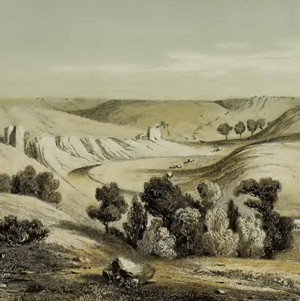

In the fall of 1804, Larocque’s job was to take a supply of North West Company merchandise to the Mandan and Hidatsa villages and trade for furs. While there, he asked the captains if he could join the expedition.
Larocque’s Yellowstone Journey
One year before Clark
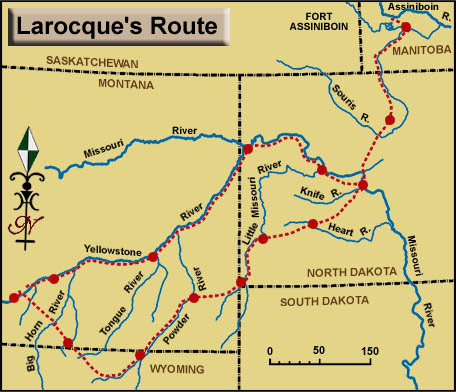

The fourth literate explorer to go up the Yellowstone (and before Clark) was François-Antoine Larocque, who is important to the story of Lewis and Clark on the Middle Missouri for several reasons.
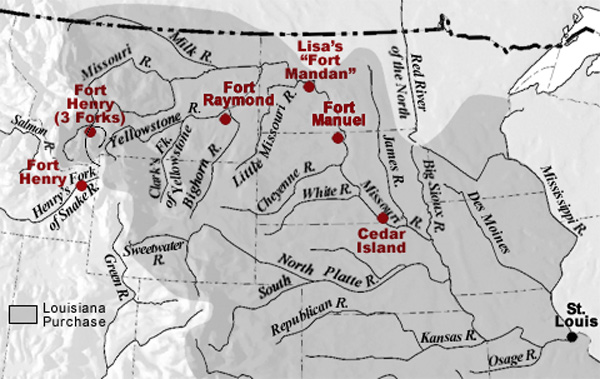

Manuel Lisa’s men at Fort Raymond not only encouraged the Crows to come trade with them, but they set out parties to trap beaver on their own. It was the latter effort that led to hostilities with the Blackfeet that affected Potts, Drouillard, and Colter.
November 8, 1804
Riving cottonwood logs
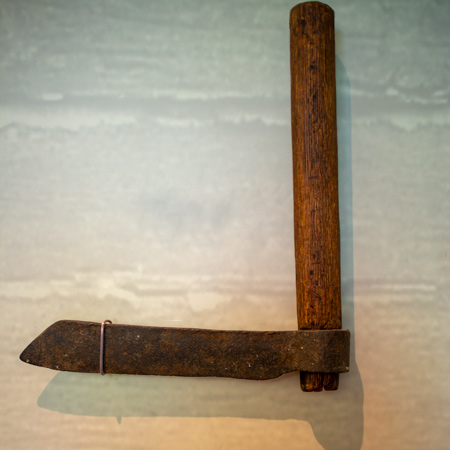

Fort Mandan, ND Ordway is hopeful that cottonwood logs will split into boards, but reports that they will have to give up on that plan. Jusseaume says that traders from Canada have arrived at the Hidatsa villages.
November 27, 1804
Mandan deceptions
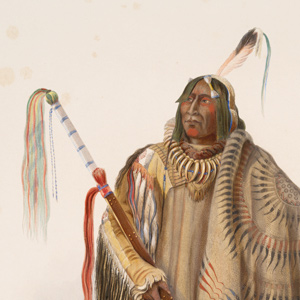

Fort Mandan, ND Lewis returns with two Hidatsa chiefs, and the captains learn that the Mandans and one fur trader have been telling lies to the Hidatsas to keep them away from the fort. In Philadelphia, an eccentric botanists asks why no trained botanists is on the Lewis and Clark Expedition.
November 29, 1804
Pryor's trick shoulder
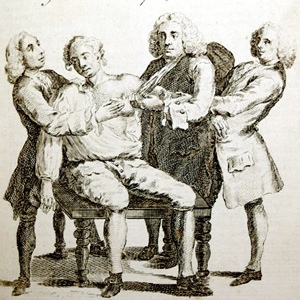

Fort Mandan, ND The river falls two feet leaving the barge on dry land. In removing its rigging, Pryor dislocates his shoulder and four attempts must be made to place it. The captains discuss American trade rules with North West Company clerk François-Antoine Larocque.
December 13, 1804
Trading for corn and beans
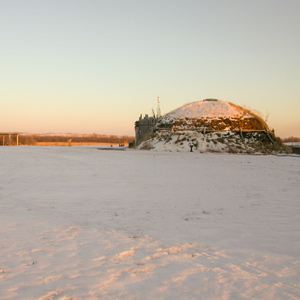

Fort Mandan, ND Sgt. John Ordway sends two men to Mitutanka to trade for food. Joseph Field kills two buffalo near Fort Mandan, and a trader from the North West Company visits.
December 16, 1804
A letter from Chaboillez
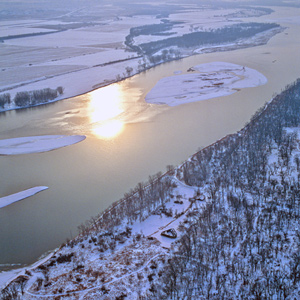

Fort Mandan, ND Traders Hugh Heney and François-Antoine Larocque bring a letter from the manager of Fort Assiniboine of the North West Company accompanied by Budge of the Hudson’s Bay Company. Information is exchanged and the three traders spend the night
December 26, 1804
Seeking Charbonneau
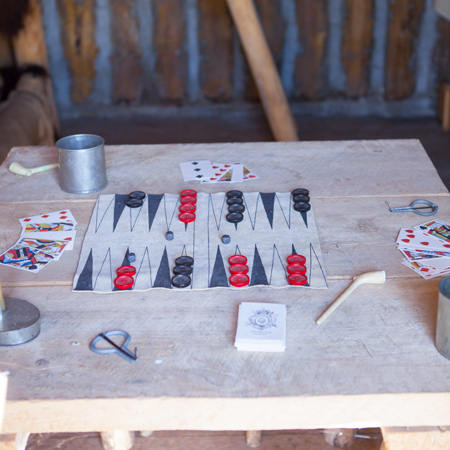

Fort Mandan, ND A trader from the North West Company comes to the fort to hire Charbonneau as a translator. The day is pleasant, and Lewis plays backgammon.
January 3, 1805
Providing a safe refuge
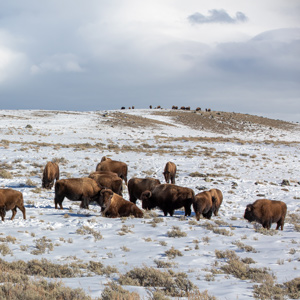

Fort Mandan, ND Nine men go out bison hunting with small success. A Hidatsa husband is looking for his wife who has come to the fort seeking refuge.
January 11, 1805
A war medicine dance
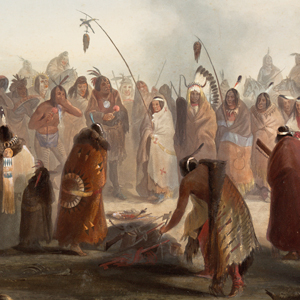

Fort Mandan, ND Chiefs Posecopsahe (Black Cat) and The Coal visit the fort and spend the night. At Mitutanka village, several soldiers witness a war medicine dance.
January 18, 1805
The "Brarow" (badger)
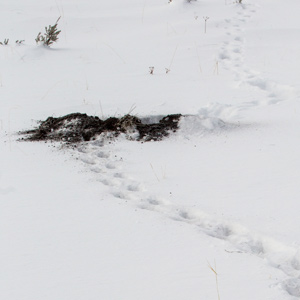

Fort Mandan, ND François-Antoine Larocque and Charles McKenzie, who are staying in a nearby Hidatsa village, visit the captains. The hunters bring in a badgers and four wolf skins.
January 19, 1805
Fort Mandan departures
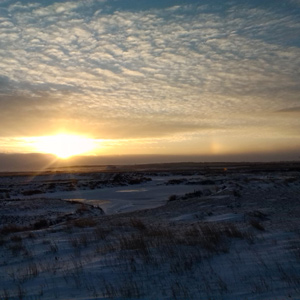

Fort Mandan, ND One of the interpreter’s wives leaves due to jealousy and two fur traders return to their Hidatsa host’s village. Two men with three horses are sent to retrieve meat.
January 22, 1805
Boats gripped in ice
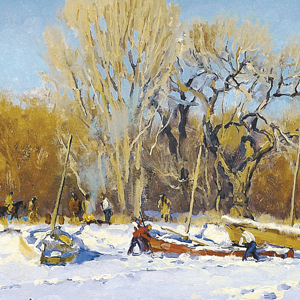

Fort Mandan, ND An unsuccessful attempt is made to cut the ice from around the boats. They find two layers of ice nearly four feet thick.
January 30, 1805
Mr. Larocque's rejection
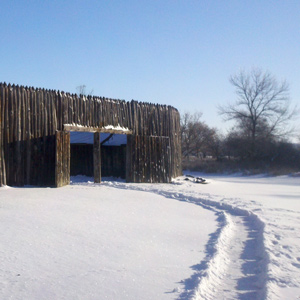

Fort Mandan, ND Fur trader François-Antoine Larocque comes to get his compass fixed and to check on his horses. The captains deny his request to join the expedition.
February 2, 1805
Mr. Larocque leaves
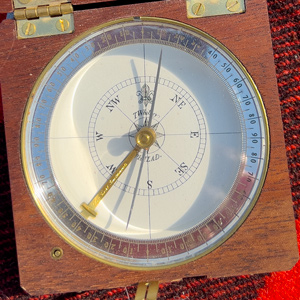

Fort Mandan, ND Fur trader François-Antoine Larocque ends his stay at the fort. Lewis fixes his compass, but the North West Company trader’s attempt to join the expedition fails. Elsewhere, the Hunter and Dunbar Expedition returns to Natchez.
March 13, 1805
Busy blacksmiths
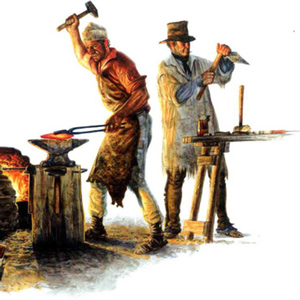
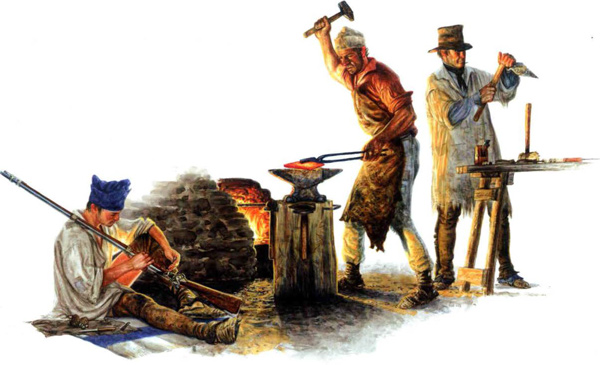
Fort Mandan, ND The Indians living around Fort Mandan are anxious for the blacksmiths to make war axes before the expedition leaves for the western sea.
March 22, 1805
Little Wolf visits
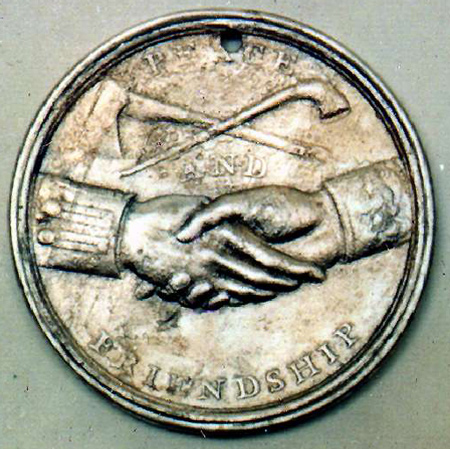

Fort Mandan, ND The second chief of the Big Hidatsa Village pays his first visit and is given the standard diplomatic treatment: a peace medal, gifts, and a speech.
March 23, 1805
A Hidatsa vocabulary
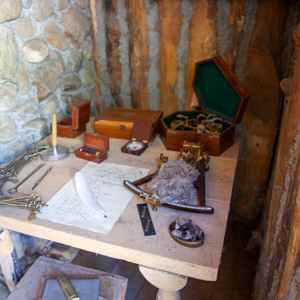

Fur trade clerks Charles McKenzie and François-Antoine Larocque end their visit at Fort Mandan in present North Dakota. A Hidatsa man helps the captains record a vocabulary of his language.
April 4, 1805
McKenzie's recollections
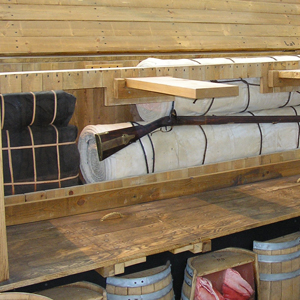

At Fort Mandan, the barge is loaded and made ready for its return to St. Louis. Interactions with Canadian traders François-Antoine Larocque and Charles McKenzie are recalled by McKenzie several years later.
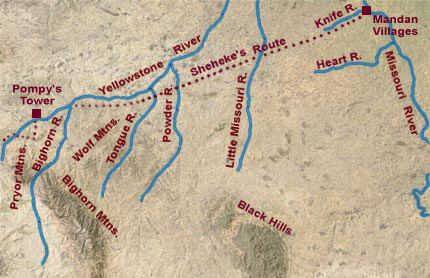

Via the shorter route, Pryor would have arrived at the Knife River villages by about 6 August 1806. A trip to see Hugh Heney at Fort Assiniboine would take another two weeks.
